More About Saksham Automation

About Saksham Automation
Saksham group of automation is a knowledge-based company working in the field of automation of process industries, providing consultancy and training for total automation. The company carries out the system and application programming and provide total solution to the Instrumentation problems.
Saksham group of automation is an engineering company established to serve diverse industry sectors like Petrochemical, Chemical, Power, Oil & Gas, Cement, Paper, Pharma, Food, Beverages & Dairy.
Our Vision
Our Vision is supported and enhanced by a world-class team of business strategists, information architects, project stewards, technologists, creative directors and researchers to apply an unparalleled mix of intellect and experience to solve client problems and successfully guide him through process related problems and initiatives.
Our Mission
We believe in rigorous planning at the outset of every project with critical assessment and provide our clients, detail blueprints and actionable development plans. SGA’s unique, simple approach enables to lead clients through a clear, objective process of definition, and to serve as trusted advisors through all aspects of the implementation process.
Saksham Automation Offers Services In The Following Areas
- Basic & Detail Engineering in Instrumentation and Process Control.
- Turnkey projects and the project management.
- Software development for DCS, PLC and SCADA projects.
- Projects related to remote monitoring and DAS.
- Installation and commissioning.
- LT Panels.
- On-site Training – on Instrumentation and Process Control.
- Saksham Automation Main Activities Are:
- Power Sector: Automatic Meter Recording for Substation Automation.Process Control.
- Substation Automation.
- Data Acquisition Systems.
- Safety & Security through SMSGSM GPRS.
- Communication Systems.
- SCADA PLC related projects.
- SCADA and HMI Programming
- Developement of Graphics
- Developement of Alarms History And Event Screens
- Development of Scripts
- Development of Reports
- Tag Database
- Dynamics & testing
- Communicater Screens
- DCS & PLC Programming
- Simulation and Testing
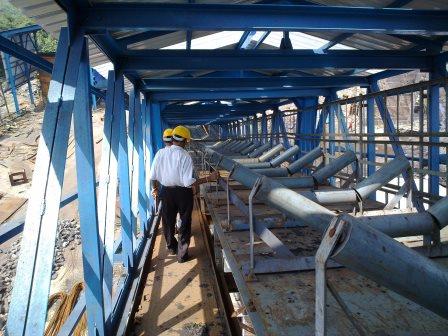
ELECTRICAL POWER DISTRIBUTION SYSTEM FOR VARIOUS INDUSTRIES
Electrical power distribution system for various industries comprises of HV/LV Switchgears, MCCs, LT Transformers, Cabling upto motors and other power consuming equipment like heaters, air conditioners, lighting, UPS etc., field switches, instrumentation, electrical interlocks through PLC, lighting, earthing and lightning protection of all plant buildings and equipment. Plant control is generally through PLC HMI
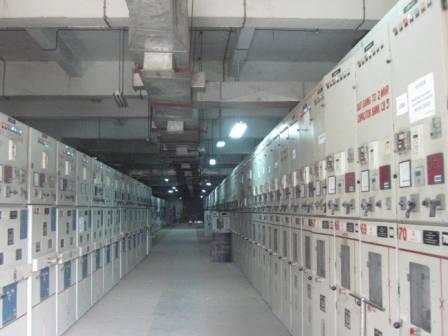
33/11/6.6KV INDOOR SUBSTATIONS
Indoor substations are generally used for power distribution at lower voltage levels of 33/11/6.6kV. Transformers are located outside and all switchgears are mounted inside substation building. The cabling between various equipment is done either in cable trenches or in cable spreader rooms below the switchgear room. Because of indoor design, maintenance of equipment is easier.
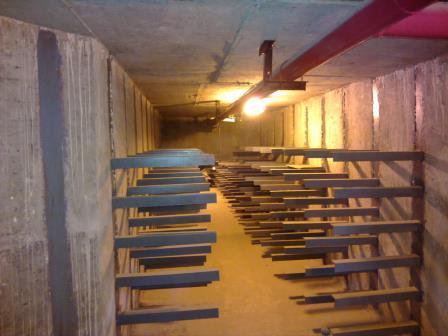
CABLING WORKS
Huge network of HV & LV Power cables are required in large industries to interconnect HV and LV electrical equipment among themselves. These cables are selected based on magnitude of power flow and their short circuit withstand. Control cables connect various actuating devices with their remote control points and provides status feedback from field devices. Extensive amount of engineering is involved in selecting the cable types, length estimations, their routes and method of laying. Cables can be laid in trenches, cable tunnels, cable overhead bridges or directly buried underground based on application.
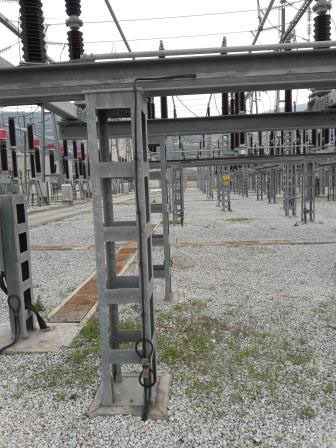
EARTHING WORKS
Proper Earthing of non current carrying metallic parts of all electrical equipment are essential for safety of operating personnel against shock hazard and for operation of earth fault relays at shortest time. An earth mat is laid below ground at a depth of approx. 0.6m to 1m over the entire area of the high voltage substation to limit the step and touch potentials to tolerable values at the time of passage of earth fault current. For medium voltage indoor substations or for LT switchgear/MCC rooms, generally such earth mat is not required, where only a ring conductor around the electrical room interconnects all the earth electrodes to reduce the earth resistance to less than 1 ohm. Treatment of soil in the close vicinity of the earth electrode and earth grid conductors are some times required by salt & charcoal or bentonite or other chemically treated compounds if the resistivity of surronding soil is very high. Riser conductors from this earth mat or earth ring conductor connects body of all electrical equipment and system neutral points to this earthing system.
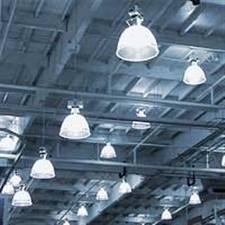
ILLUMINATION SYSTEM
Proper illumination of all plant buildings, factory sheds, outdoor areas, stockpiles, roads, conveyer galleries are essential for uniterrupted production, safety and efficient operation of any industry. Luminaires with fluorescent tube lights are generally used for low roof plant buildings and indoor substations. Illumination of factory sheds with high roofs are generally done with high pressure mercurry vapour lamps whereas conveyer galleries, outdoor areas, storage areas, roads etc. are illuminated by high pressure sodium vapour lamps. Usage of CFL and LED fittings are also increasing nowadays.
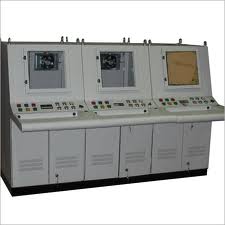
PLANT CONTROLS AND AUTOMATION
All plant and industries are operated generally from a central control room with the help of a control desk. The control desk comprises of an industrial computer with keyboard, remote control switches, selector switches, push buttons, indication lamps, meters, alarm annunciators, recording instruments, interlocking circuitry and terminals for external cable connections. The circuitry for interlocking and automation purpose can be done in a programmable logic controller (PLC), backed up by hardwired relay logic. Local control stations (LCS) or LPBS are placed near motor and drives for operation in local deinterlocked mode during testing and maintenance.

Mr.Vinay Shete
M.D. Saksham AutomationMr. Vinay as an automation engineer design, program, simulate and test automated machinery and processes projects in order to complete exact tasks. Projects are implemented in different industries such as car manufacturing or food processing plants, where robots or machines are used to perform specific functions.
Design, Project Management, Quality Focus, Database Design, Analyzing Information , Reporting Research Results, Attention to Detail, Emphasizing Excellence, Innovation.

Mr.Chetan Shingate
Saksham AutomationMr.Chetan Shingate is one of the piller ofSaksham Automation
Design, Project Management, Quality Focus, Database Design, Analyzing Information , Reporting Research Results, Attention to Detail, Emphasizing Excellence, Innovation.